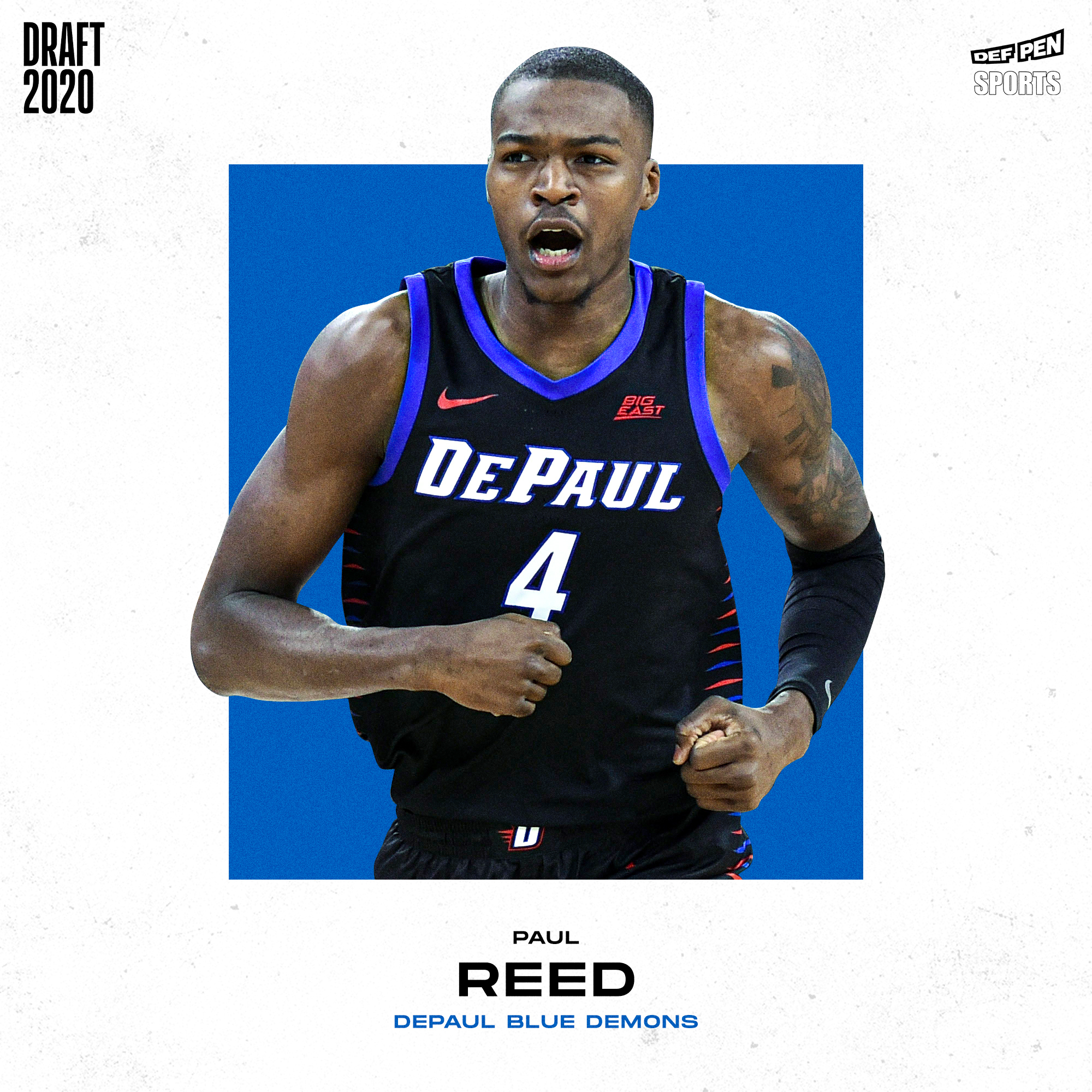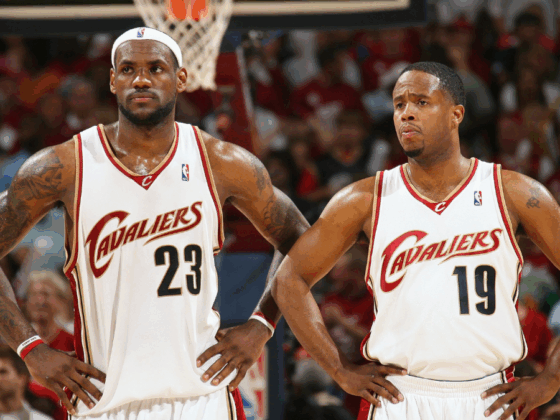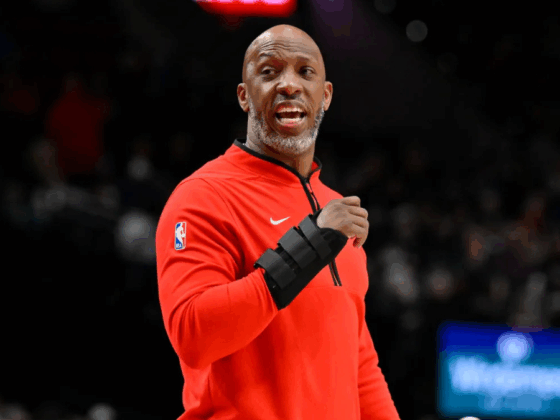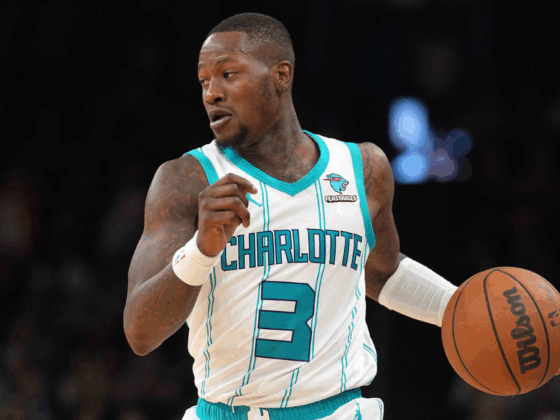
In a normal year, we would be talking about the start of the next season. This, however, is not a normal year due to the COVID-19 pandemic. The NBA Finals just ended a couple of weeks ago and we are now preparing for next season. With that comes the NBA Draft, which will happen on November 18th. As with every year, there are plenty of college and international players hoping to hear their names called on draft night. One of the Big East’s best, DePaul big man Paul Reed is one of the more intriguing players in this draft and will bring a wide range of skills to the NBA. An under-appreciated player due to playing on lowly DePaul, Reed is a double machine who averaged 15 and 10 this past season and made the All-Big East Second Team.
Here is Reed’s Junior Year highlights
Defense
Paul Reed is an all-around solid defender. Standing at 6’9 with a 7/2wing span, Reed can challenge just about any shot in the post and from mid-range. Anyone coming into the paint is going to have a hard time getting around Reed. However, this does mean Reed cannot go out and defend the perimeter. He has the lateral quickness to be able to guard outside the paint, but the height and weight to take on big men. His wingspan not only allows him to challenge shots but also allowing him to break up passes. Reed tallied 2.6 blocks and 1.9 steals per game last season.
Post Presence
Paul Reed is phenomenal in the post at both ends of the floors. He has the strength to not get bullied, has the wingspan to get his shot over defenders, and is quicker than he looks, using that to sneak by and fake out opponents. Reed has a number of post moves to score on opponents and play wells with his back to the basket. Reed has the ability to hit shots from outside the paint and can play face-up, however, he lacks a consistent ability to hit from three and when doubled can struggle at times. Paul is also a strong rebounder on both ends of the floor, pulling down 10.7 rebounds per game this past season.
PAUL REED OH MY ?@DePaulHoops // #BIGEASThoops
— #BIGEASThoops (@BIGEASTMBB) February 23, 2020
Transition Play
Most of Reed’s highlight reels are made up of his transition play. He is a good athlete who can get from end to end pretty quickly. Reed can go from blocking a shot to dunking with smoothness and consistency. Paul’s strength lies in being able to run with guards and wings in transition, either getting back on defense or getting into a position to score.

Weaknesses
Perhaps Reed’s Achilles heel is that he is not great from beyond 15 feet. While Reed can stretch the floor at times, he lacks the consistency and shot mechanics to really be a threat from beyond 15 or the 3 point line. He only shot 33% from three but did not take more than 2 threes a game. Reed also has trouble when holding the ball too long-on offense. While he has the quickness and knows how to catch and attack, when backing down opponents and getting doubled, Reed can panic and make a poor decision. His playmaking skills are also questionable and inconsistent, he lacks the ability to really create opportunities for himself and others. He will also be 22 when the next season starts and that might ward off teams looking for a more moldable prospect.
2020 NBA Draft Comparison: Maxi Kleber

Not a perfect 1 to 1 comparison, but I feel that there are a number of key similarities between them. Both are around 6’9 (Kleber is 6’10), both have similar weights and wingspans. They both thrive on getting out on transition and are able to take advantage of slower big men, while able to keep up with wings and guards. Both are strong rebounders and can use their size and length to be a force on both ends of the court. Reed I feel is a better defensive player than Kleber and is slightly more athletic to boot. Kleber is a model for how Reed can improve from 3 as he gets into the NBA, as Kleber’s first year 3 point percentage is similar to Reed’s. I feel that Paul Reed has a higher ceiling than Kleber, I can see Reed becoming better as his career progresses.







